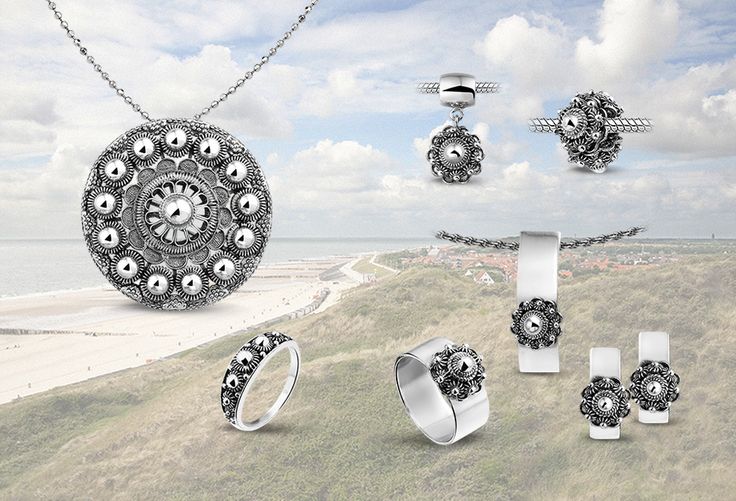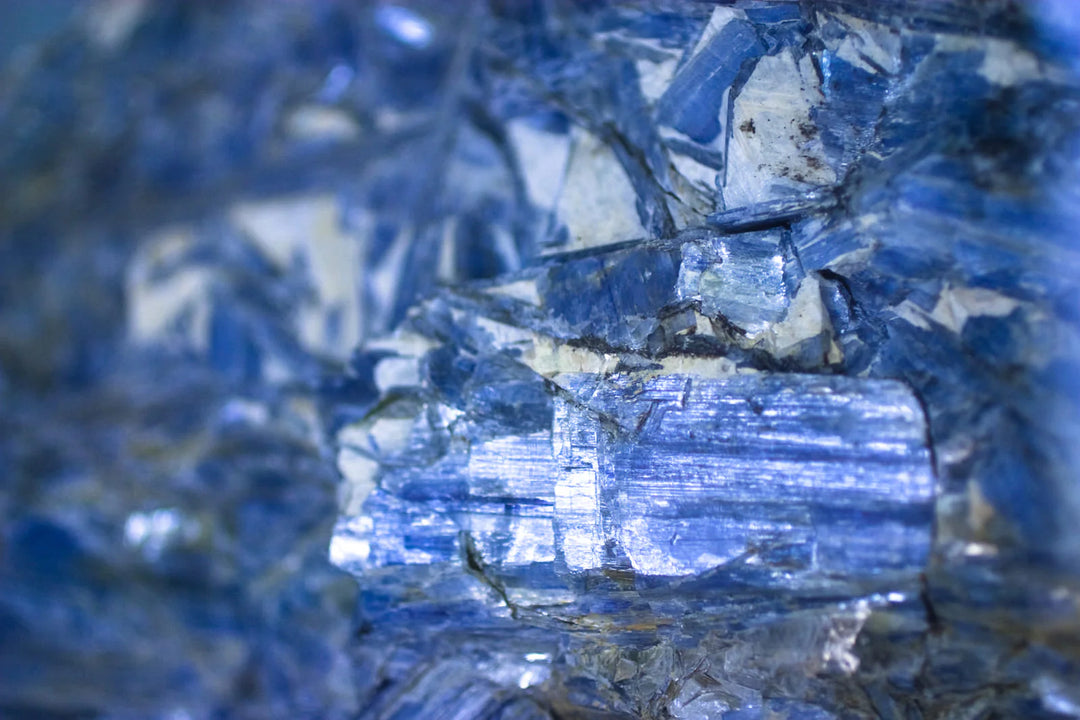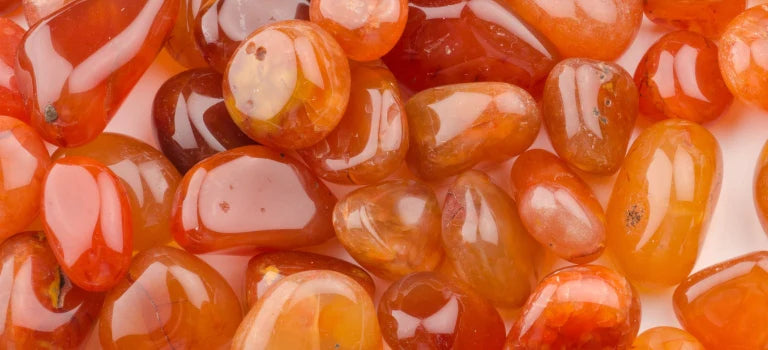What are diamonds?
Diamond is the hardest raw material ever found on earth. Hence the name diamond, in Ancient Greek "adamas" means "unbeatable".
Antwerp has always been linked to the diamond, the symbol of eternal love and the search for perfection. It is a city that is of great importance for the international trade in diamonds. The diamond industry established itself in this grand city in the 15th century. It has a strategic location, connected to the North Sea through its location on the Scheldt. Many diamonds are shipped to Antwerp. For example, 85% of the world's rough diamonds, 50% of cut diamonds and 40% of industrial diamonds pass through the diamond district in Antwerp. The city has thus gained the status of the diamond capital of the world.
A diamond is crystallized carbon due to the effects of very high pressure and temperature. This only happens at a depth of 150 to 200 kilometers below the Earth's surface. The diamond finds its way to the surface through volcanic eruptions. The diamond is extracted from the earth with great effort and expertly processed into the beautiful gemstone.
Diamond mining is very complicated, despite all the modern techniques. Only 20% of all diamonds are suitable for use in jewelry. The value of a polished diamond is determined based on four factors, the 4 C's. They stand for:
- Cut (cutting shape)
- Color
- Clarity
- Carat weight
Different purities of diamond
The purity of diamonds is determined by their location, size and the number of external or internal impurities. Internal impurities consist of clouds, feathers and crystals, while external impurities are described as spots. Sometimes these impurities cannot be seen with the naked eye, so a microscope with ten times magnification is used. GIA, one of the leading laboratories in the world, has developed a scale that indicates the degree of purity. The impurities of diamonds are also called inclusions and they are poorly or not visible to the naked eye.
FL, IF (flawless, internally flawless): these are completely clean diamonds without internal or external imperfections. They are extremely rare.
VVS1, VVS2 (very very slight inclusions): these imperfections are not visible to the naked eye but can only be observed with a microscope at ten times magnification. These diamonds are of high quality.
VS1, VS2 (very slight inclusions): the imperfections are visible with a magnifying glass with ten times magnification. These are good quality diamonds.
I1, I2, I3 (imperfect): the small imperfections are visible to the naked eye. These diamonds have the lowest quality.
What color is a diamond?
The ideal color of a diamond is colorless. The total absence of color is appreciated in diamonds, as more color reduces the value of the stone. The color of a colorless diamond is assessed using a color scale, where the diamond is compared to "master stones". These stones serve as reference points. The colors on the color scale start at D and descend to the letter Z. D stands for colorless and is considered the most valuable, while at Z the diamond appears light yellow to brown. There are also colored diamonds, known as "fancy colored diamonds". With these stones, the more intense the color, the more valuable the stone is considered.
- D: exceptional white, almost colorless, some diamonds with D color even have a blue glow.
- E: exceptional white, hardly any difference from D.
- F: colorless, similar to E, F and H.
- G: almost colorless, the most sold diamond color in the Netherlands.
- H: almost colorless, still high quality.
- I, J: Slightly tinted white, these diamonds already have a light yellowish color.
Diamonds with lower color grades contain more yellow or even a brown tint.
Determining the carat of a diamond.
Carat is the weight of a diamond, which is an important factor in determining its value. With gemstones, color and purity determine the price, not size. Two diamonds can have the same weight but differ in value due to color, cut and clarity. One carat is equal to 0.2 grams or 100 points, similar to money.
Diamond cuts
Diamonds can be cut in different shapes, the best known being the brilliant, a round shape. In addition to brilliant, the most common cuts are: oval, princess, marquise, pear, emerald, heart, asscher and radiant.
A rough diamond cannot yet be used as jewelry. Only after various processes does a diamond get its shape and brilliance. The process begins by removing all impurities, sawing or splitting them, which is known as cleaving. For sawing, a bronze disc is used, the edge of which is covered with a layer of diamond powder, since diamonds can only be sawn with diamonds. This creates the rough shape, which can be round, oval, elongated, square or pear-shaped. The grinding is then carried out using a turntable on which diamond powder is also sprinkled. This causes small surfaces, called facets, to be cut on the diamond. It is essential that these facets fit together perfectly so that the diamond can achieve its maximum brilliance. During cutting, the aim is to minimize the weight loss of the diamond. The size of the diamond determines, among other things, its value.
This is the only 'C' that can be influenced by humans. The other three are determined by natural factors. Ultimately, all these factors together determine the price and value of a diamond.
















Leave a comment